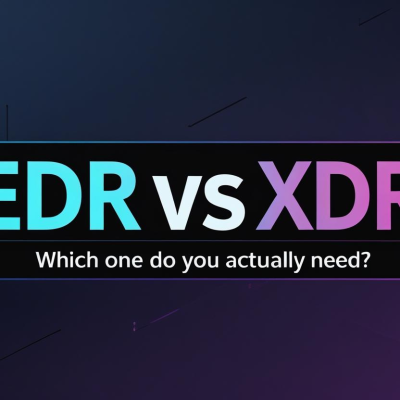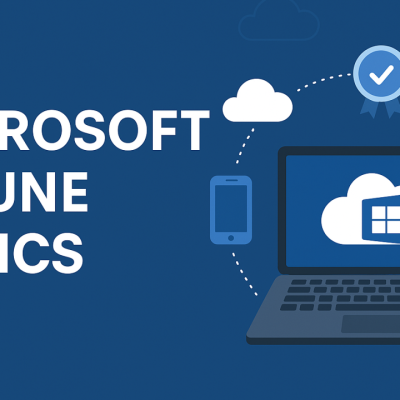From EDR to XDR: What Changed and Why It Matters
In today’s fast evolving threat landscape, acronyms like EDR and XDR are thrown around like confetti and they’re often misunderstood.
At TrustNet Solutions, we’ve worked with businesses that invest heavily in tools like EDR (Endpoint Detection & Response), only to realize they need broader visibility and better coordination across their security stack.
Enter XDR: Extended Detection & Response. But is it right for everyone?
Let’s break it down.
🔍 EDR in a Nutshell
Endpoint Detection & Response (EDR) is built to detect and respond to threats that occur on endpoints your laptops, desktops, and servers.
What EDR does:
Monitors endpoint behavior in real time
Detects suspicious activity (like credential dumping or persistence tools)
Offers response capabilities (e.g., isolate device, kill process)
Provides forensic detail for investigation
Great for:
Organizations that want deep visibility and quick response on individual devices.
🌐 What Is XDR?
Extended Detection & Response (XDR) is the next step up.
It collects, correlates, and analyzes data across multiple security layers: endpoints, cloud, network, email, identity, and more all in a single platform.
What XDR adds:
Aggregated signals from EDR, firewalls, cloud services, identity systems
Cross-platform correlation (e.g., login anomaly + endpoint activity + email access)
Unified interface for response across the stack
Reduced alert fatigue via smarter, context-rich alerts
Great for:
Organizations with complex environments or multiple toolsets who want centralized detection and faster response.
⚔️ EDR vs XDR: What’s the Real Difference?
| Feature | EDR | XDR |
|---|---|---|
| Focus | Endpoint only | Endpoint + Cloud + Identity + Network |
| Data correlation | Limited | Advanced, cross-layer |
| Threat visibility | Localized | Global across systems |
| SOC alerting | Device-centric | Contextualized alerts |
| Response | Isolate device, kill process | Multi-platform orchestration |
💡 Do You Really Need XDR?
Not always. Many small to mid-size organizations do just fine with a strong EDR tool especially when paired with a well-tuned SIEM.
But you might need XDR if:
You use Microsoft 365, Azure, AWS, Google Workspace, etc.
Your security team is overwhelmed by noisy alerts
You want to cut response time and improve visibility
You’re juggling EDR, firewall logs, cloud threat feeds, and more
You’ve suffered a breach that wasn’t caught by EDR alone
🛠 How TrustNet Solutions Helps
We’re not tool resellers we’re problem solvers.
Our team helps you:
✅ Evaluate whether XDR is the right fit for your business
✅ Extend your current EDR capabilities through smart integrations
✅ Build or refine your SIEM and SOAR pipeline
✅ Tune alerts so you get less noise, more signal
✅ Deploy identity-aware monitoring and cloud detection
Final Word
XDR isn’t a replacement for EDR it’s an evolution.
And whether you need EDR, XDR, or something in between depends on how your business runs, what risks you face, and how mature your detection capability is.
🔍 Want help figuring it out?
At TrustNet Solutions, we assess, design, and implement security operations that actually work — not just buzzwords. Get in touch for an EDR/XDR readiness audit or to explore the right detection strategy for your organization.





